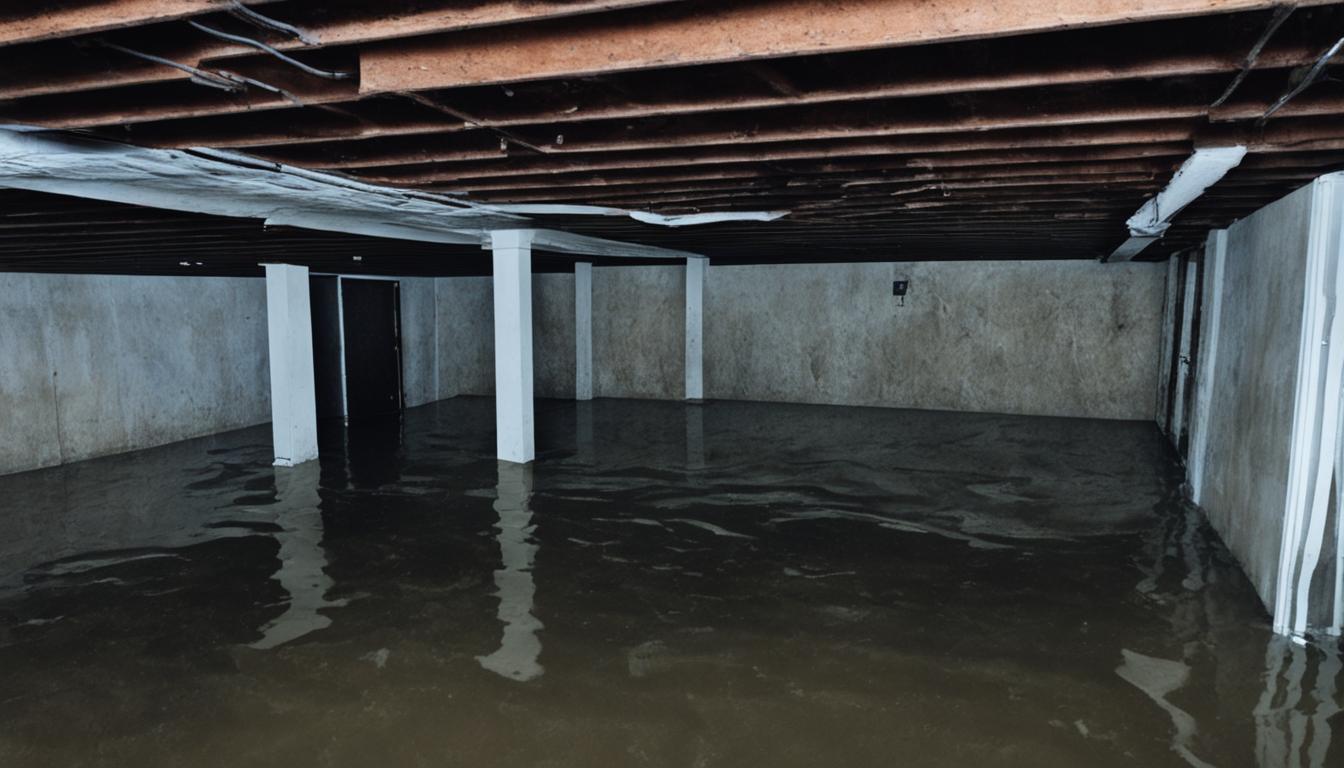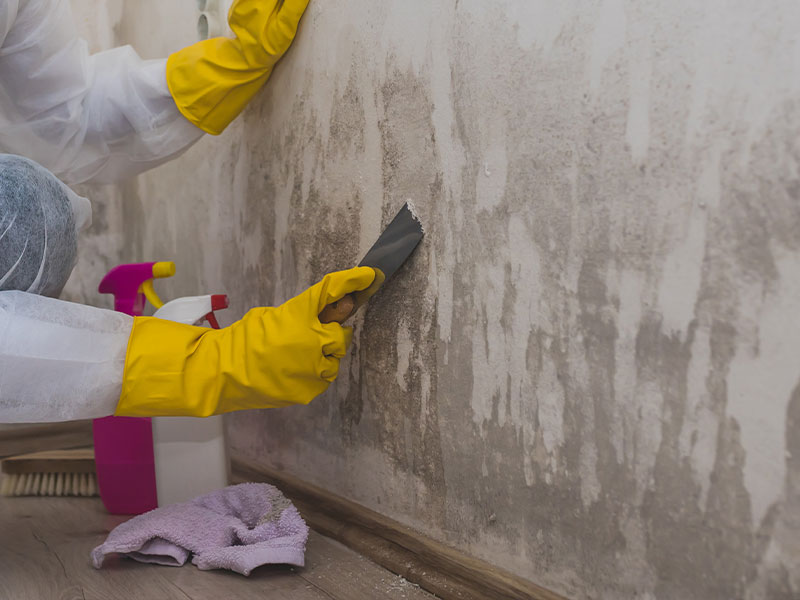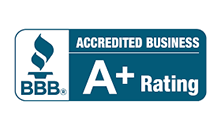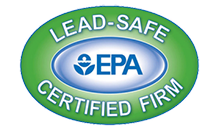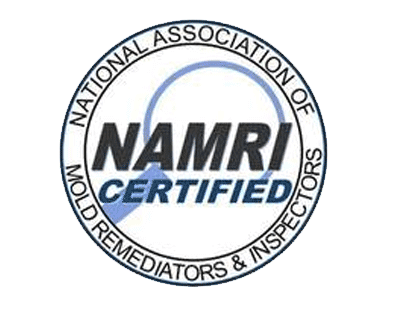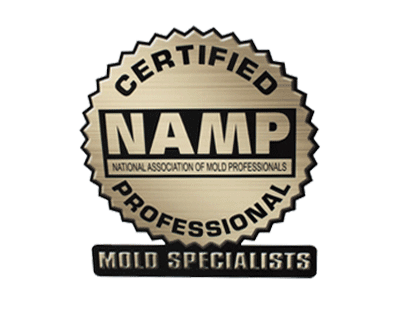Did you know a sudden increase in your water bill might mean a leak? Many homeowners find it hard to tell mold from water damage. Water damage shows as yellow, brown, or copper stains. Mold, however, is white, blue, green, or black.
It’s not easy to tell them apart just by looking. Signs of water damage include bubbling paint and discoloration. Mold shows up with musty smells, especially near heat or air systems.
Getting rid of mold is key to stop its health risks. It can cause breathing problems or skin issues. Getting professional help is best for mold removal. Water damage needs quick action, within 24-48 hours, to stop mold and damage.
Understanding the Visual Signs of Mold and Water Damage
Spotting mold vs water damage is key to fixing problems. Warped wood floors and bubbly vinyl are signs of water damage. These water damage stains point to leaks or past floods. Also, water-damaged areas are more likely to grow mold, so finding it fast is important.
Mold looks different. Mold growth appearance can be fuzzy, powdery, or slimy. It comes in colors like black, green, and blue. Common molds like Aspergillus, Cladosporium, and Penicillium grow where it’s wet.
Look out for mold infestation signs like Cladosporium’s black dots and olive green patches. Aspergillus has black with white and yellow, and is risky for health. Alternaria’s long, hairlike growth can be seen on fabrics, from olive to black.
- Spotting mold and water damage early can save your home and health. Mold spores can grow in 72 hours after water damage.
- Mold often hides, especially in water-damaged buildings, causing bad smells and allergies.
- Black mold (Stachybotrys atra) loves wet cellulose and can hide in walls with leaks.
- Regular checks are vital since homes can lose almost 10,000 gallons of water yearly from leaks, wasting over 90 gallons daily.
Knowing these signs helps homeowners spot mold vs water damage early. This protects your home and health from mold. Quick action is key to stopping mold and fixing water problems.
The Distinct Smells: Mold vs Water Damage
Smell is a key way to tell mold from water damage. Mold smells musty and earthy, due to compounds it releases. This smell is strong and tells you mold is growing.
Water damage smells are different. They come from mildew and are not as strong. These smells can change based on the water type. But they don’t smell as musty as mold.
If you smell something musty, check for mold right away. Sometimes, you can’t see mold, but you can smell it. So, noticing these smells early is very important.
But, not smelling anything doesn’t mean there’s no water damage. You need to look closely for signs like roof leaks or clogged gutters. These might not smell but can still cause a lot of damage. Also, musty smells can mean there’s mold or old water damage hidden somewhere.
Water damage smells are often described as Wet Dog, Musty Basement, or Rotten Egg. These smells come from microorganisms in water damage.
How to tell the difference between mold and water damage?
It’s important to know the difference between mold and water damage to keep your home in good shape. Spotting these issues early can save you from big repairs. Knowing what to look for is the first step.
Mold shows up as fuzzy or slimy spots, often green, black, or white. You might find Stachybotrys chartarum (black mold), Aspergillus, Cladosporium, and Alternaria in your home. It grows on wood, paper, and drywall, and smells musty because of the compounds it makes.
Water damage looks like stains or warped surfaces. You might see peeling paint or swollen walls. It doesn’t always smell bad at first. Fixing water damage quickly is key to stopping mold from growing.
Mold can make you sick, causing breathing problems, sneezing, and skin issues. It can even lead to serious lung infections. So, it’s crucial to deal with mold and water damage fast and right.
Trying to remove mold yourself can make things worse. It can spread mold spores and harm your health. For big problems, call a certified company. They have the right tools and know-how to fix it right.
In short, knowing the difference between mold and water damage is key to a healthy home. Getting help from experts is safer and better for your home and family.
Conclusion
It’s key to know the difference between mold and water damage for a healthy home and its structure. Water damage often leads to mold growth, making quick water damage repair vital. Mold can spread fast, within 24 to 48 hours after water gets in, showing the need for quick action.
Mold looks and smells different, but it’s harmful to health. The EPA says mold can cause problems like nasal issues, red eyes, and breathing trouble. So, getting rid of mold right away is important for health. Homeowners should look for green, white, or black mold and its musty smell.
Preventing mold damage is crucial. This means fixing water damage quickly and stopping leaks. Experts can test for mold and fix it well. Insurance might help with sudden mold damage, but not with long-term problems. Knowing mold and water damage helps avoid health risks and costly repairs.







